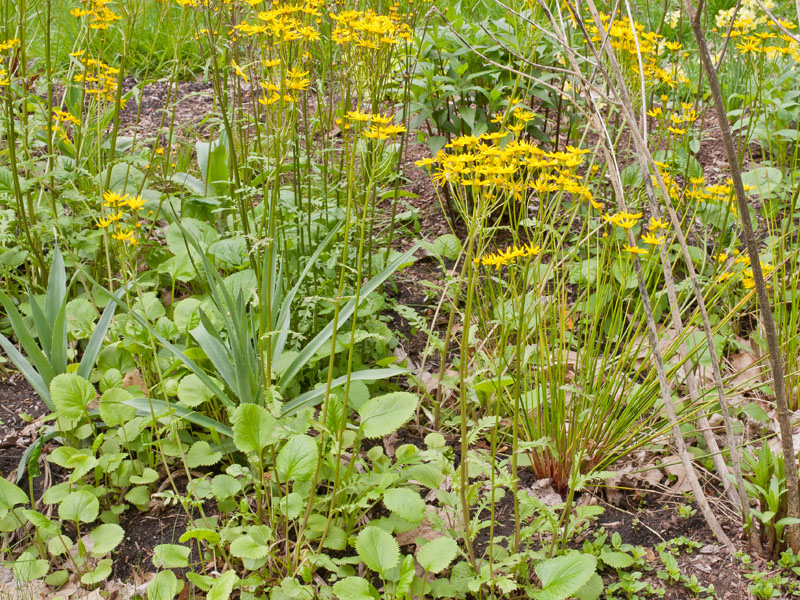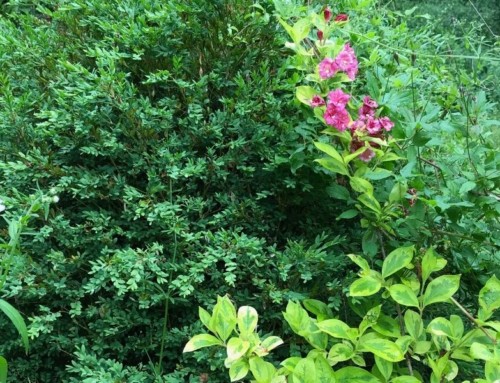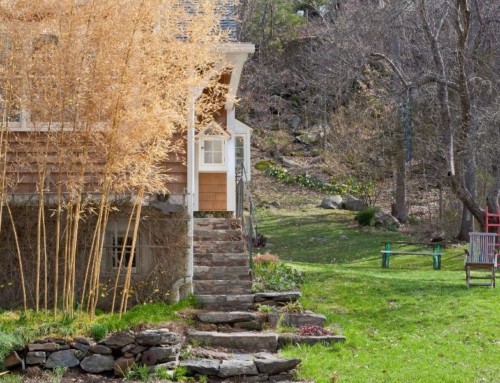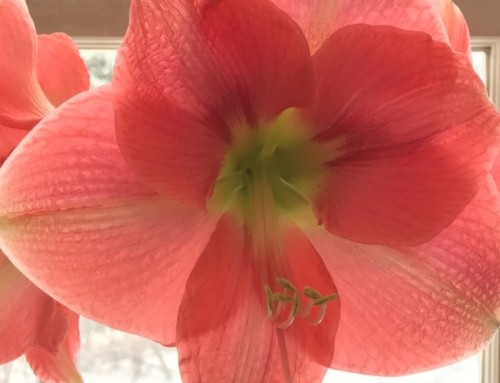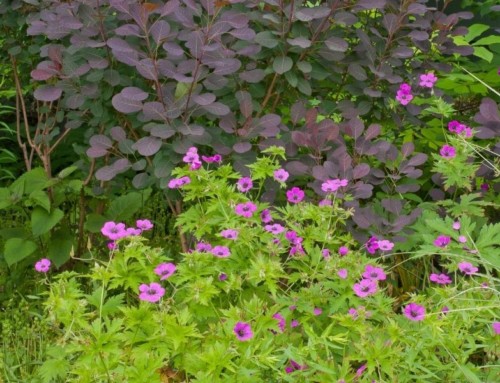In nature, you don’t see plants just sitting there next to each other, politely not touching. They grow together, in community, without wood chip mulch in between, without social distancing.
How do they manage to mingle, and how can we emulate natural plant communities in our home landscapes?
Covering ground with plants that fill in around each other increases diversity and habitat value while decreasing maintenance, among other benefits.
An Equal Match
You can plant equally competitive plants together and let them slug it out. Pick a fair fight by planting what one gardener calls “good foes.” Choose carefully and be prepared to set limits.
Aggressive rhizomatous bee balm (Monarda didyma) or mountain mint (Pycnanthemum muticum) would quickly run right over (and through) crested iris (Iris cristata). This diminutive native iris is much shorter, less competitive and its rhizomes occupy the same root zone as those taller bullies.
But plant bee balm and mountain mint together and they mingle, blooming, beautifully, at the same time. Their habit and growing requirements are very similar.
Maybe one is more drought-tolerant and will have an edge in dry years, or will get the upper hand as nearby trees create more shade. I don’t know if this is a long-term stable community – but the bees and I will enjoy having a ringside seat again in July and August.
Exploit Differences
Or you can exploit their differences. Daffodils, for instance, poke their pointy way up through the rhizomes from below and go dormant before the taller plants can shade them out. That gives me another season of bloom.
Interwoven colonies of golden groundsel (Packera aurea, formerly Senecio aureus, and often still sold under that name) and golden Alexanders (Zizia aurea) bloom along grassy local roadsides in May and early June, especially on slopes where water runs down.
In good garden soil, golden groundsel is an aggressive rhizomatous spreader. Golden Alexanders are clump-forming, reproduce by seed and occupy a deeper root zone.
Plant them together, interspersed, at the same time, and they knit together. But once the groundsel closes in, good luck to any seeds that land under their weed-suppressing foliage.
Since Packera aurea is such a useful, long-blooming, pollinator-feeding plant, I’m experimenting with what else might survive its embrace.
Photo At the Top of the Page
Rattlesnake master (Eryngium yuccifolium) has a taproot that easily pierces packera’s rhizome zone into deeper soil. It’s yucca-like foliage and tall bloom stems rise above.
Tall, clump-forming swamp milkweed (Asclepias incarnata) and common rush (Juncus effusus) have no trouble occupying space above and below ground, no matter how crowded – just the recipe for a low-maintenance, wildlife-friendly knit-together plant community.
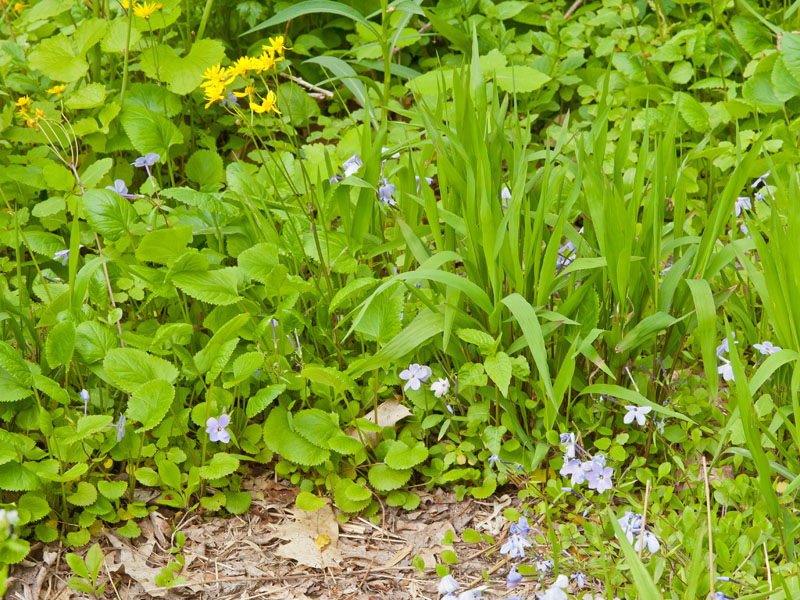
Here’s what happens if you let tall competitive plants get into shorter, less competitive ones. Golden groundsel outcompeted Phlox stolonifera between stepping stones, and Chasmanthium latifolium grass seeds everywhere.
